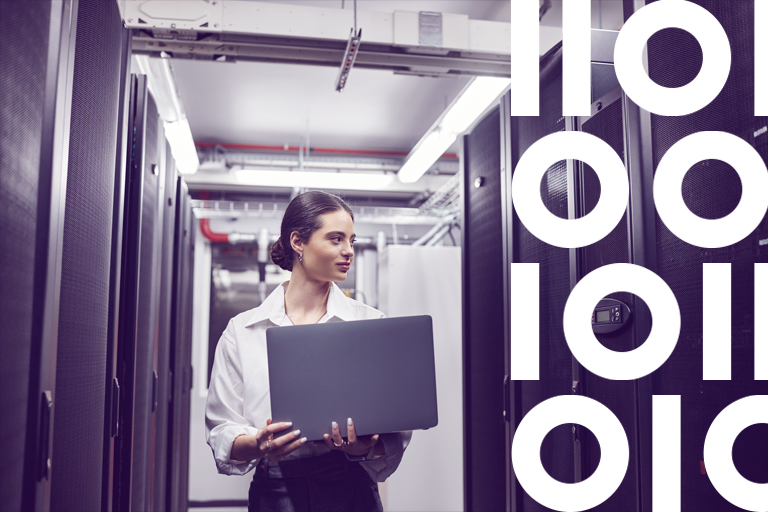
Why Mainframes are Secure (And How to Make Them Even More Secure)

Mainframes are arguably the most secure computing platform available today. That does not mean, however, that there are not extra steps that you can take to add even more security to your mainframe.
What makes your mainframe inherently secure, and what can you do to make it even more secure? Keep reading for an overview of mainframe security strengths, followed by tips for maximizing mainframe security.
Why mainframes are inherently secure
When it comes to security, mainframes have inherent advantages as compared to other types of infrastructure, like the cloud or on-premise commodity servers.
The greatest of those advantages is that, because mainframes are not the first type of computing infrastructure that comes to most people’s minds, they tend to receive much less attention from attackers than other types of systems that are perceived as more modern.
In other words, mainframes often appear to cybercriminals to be less lucrative targets.
Whether that is a fair assessment or not is up for debate; after all, mainframes process loads of highly valuable data, like credit card transaction information.
Still, the fact that mainframes have a relatively small profile in the public eye as compared to the cloud or commodity servers means that they are smaller targets for people who are up to no good.
At the same time, mainframes also have the advantage of being very different, technologically speaking, from other types of computing platforms. If you’re a cybercriminal, and you have spent your career breaching x86 servers, you’d have to invest a lot of time learning new tricks if you want to try to attack mainframes. Mainframe hardware is different, mainframe software is different, mainframe programming languages are different and mainframe data formats are different.
All of the above means that any reasonable cyberattacker is likely to focus on attacking commodity servers and leave the mainframes alone.
Mainframe security assessments
The inherent mainframe security advantages described above help to explain why mainframes have received top security ratings from independent evaluators based on both hardware architecture and cryptographic features.
It may also account for why 70 percent of CIOs report being surprised by how hard it is to bring newer types of systems up to par with mainframes from a security perspective.
Making mainframes even more secure
Yet more security is never a bad thing. Even though the typical mainframe is quite secure out-of-the-box, administrators can make it even more secure by taking advantage of additional tools and resources that are available to them, including:
- RACF, IBM’s access control management solution for mainframes. Use RACF to restrict access only to the minimum level necessary for each user. RACF can also help with auditing and identifying access control misconfigurations.
- Keeping software up-to-date in z/OS. Out-of-date software can contain vulnerabilities that lead to breaches.
- Encrypt, encrypt, encrypt. One of the biggest advantages of mainframes is that they have the computing power to encrypt data at a scale that commodity servers can’t handle. Take advantage of data encryption as much as possible to enhance the security of the data on your mainframe.
- Secure data in-transit. Data can be most vulnerable when it is being offloaded from mainframe to other systems. Take care to ensure that the tools that you use for data offloading are secure.
Conclusion
There is no such thing as total security for any type of technology. Someone who wants to break in badly enough will find a way.
However, the chances of your mainframe providing a path for the bad guys into sensitive data are pretty small. And you can make them even smaller with the proper access control, encryption and other security strategies for mainframes.
To learn more about mainframe security, read our eBook: Understanding SMF Records and Their Value to IT Analytics & Security


